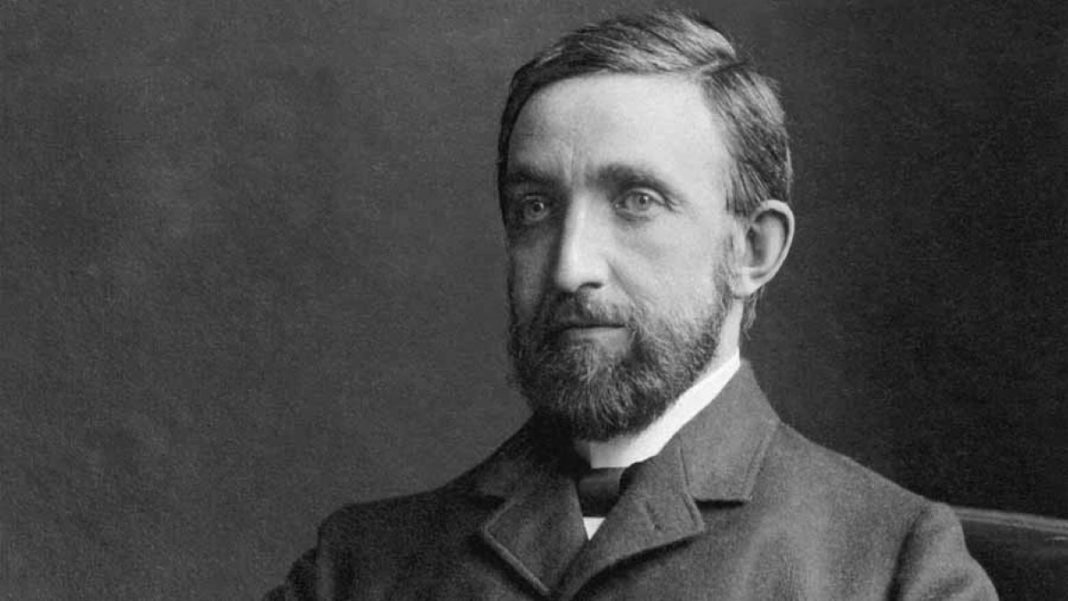INDIA: Lenard’s Paradox, a fascinating scientific enigma, has puzzled researchers for over a century at the intriguing intersection of light and metal. Named after the renowned physicist Philipp Lenard, this paradox challenges conventional theories and sheds light on the nature of the interaction between light and matter.
At its core, Lenard’s Paradox revolves around the phenomenon of the photoelectric effect, which refers to the emission of electrons from a material when it is exposed to light.
According to classical wave theory, the intensity of light should determine the energy of emitted electrons. In other words, increasing the intensity of light should lead to an increase in the kinetic energy of emitted electrons.
However, in the late 19th century, Lenard conducted groundbreaking experiments that defied this expectation. He discovered that while the intensity of light did affect the number of emitted electrons, it did not influence their kinetic energy.
Regardless of the light intensity, the energy of the emitted electrons remained constant, determined solely by the frequency of the incident light.
This puzzling observation challenged the prevailing wave theory and contributed to the development of quantum mechanics.
Albert Einstein, building upon Lenard’s work, proposed the revolutionary idea that light consists of discrete packets of energy called photons.
According to Einstein’s explanation, the energy of photons is directly proportional to their frequency, explaining Lenard’s findings. To understand the paradox more deeply, consider a simplified analogy: Imagine shining a flashlight on a metal surface.
Classical wave theory would suggest that increasing the brightness of the flashlight should propel the emitted electrons with greater force, analogous to increasing their kinetic energy.
However, Lenard’s experiments revealed that regardless of how bright the flashlight is, the speed of the emitted electrons remains unchanged. The only factor that alters their speed is the colour, or frequency, of the light.
The resolution to Lenard’s Paradox lies in the quantum nature of light and the concept of energy quantization. When light interacts with a metal surface, photons transfer their energy to electrons within the material.
The electrons can only absorb discrete amounts of energy corresponding to the frequency of the incident light. If the energy of a single photon is insufficient to liberate an electron, no emission occurs, regardless of the light intensity.
However, once the energy threshold is surpassed, the electron is freed with a fixed kinetic energy, determined solely by the frequency of the light.
Lenard’s Paradox not only challenged established scientific theories but also paved the way for significant advancements in the field of quantum mechanics. Lenard’s Paradox contributed to our understanding of the dual nature of light, which exhibits both wave-like and particle-like properties.
Additionally, it laid the foundation for the development of the photoelectric effect, a phenomenon crucial to the development of technologies such as solar cells and photodetectors.
Over a century after its discovery, Lenard’s Paradox continues to captivate researchers and students alike, serving as a reminder of the intricate and counterintuitive nature of the quantum world.
It stands as a testament to the transformative power of scientific inquiry, pushing the boundaries of human knowledge and reshaping our understanding of the fundamental workings of the universe.
Also Read: Unlocking the Galilean Paradox: Understanding the Astonishing Physics Behind It



